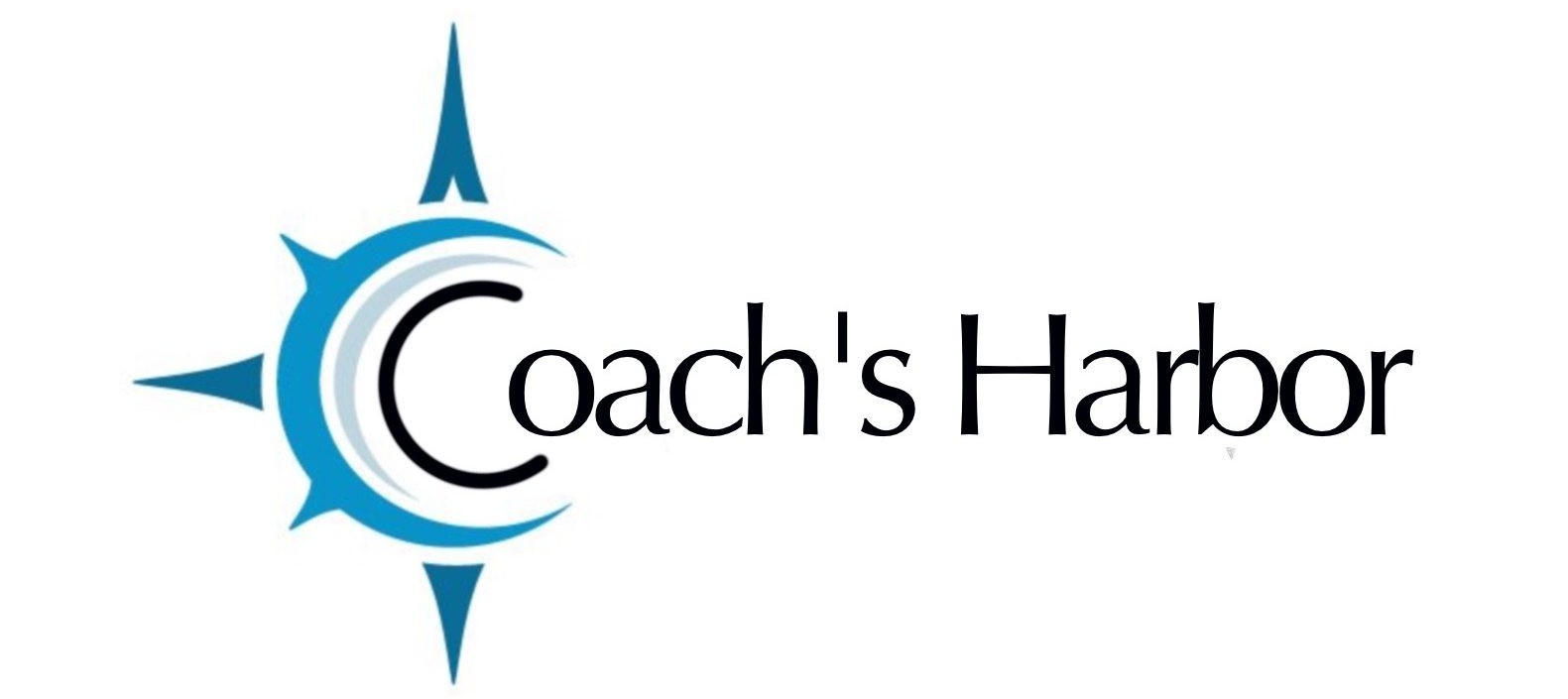21 Ideas to Help Get Featured on Podcasts
Finding the right hosts and the right audiences are the real keys to getting featured on podcasts. These 21 tips will not only help you do that, but also help you make the most of being featured on a podcast. This will lead to repeated requests.
Pitch to Smaller but Active Shows
Keep in mind that highly popular shows will get many pitches per week. Therefore, the host never even gets to see them before they are declined by assistants as a matter of course.
Good rule of thumb: Pitch to someone who is just a few levels further up the ladder than you are.
Ask if There is a List of Questions
Hosts will happily give you a heads-up on what they want to talk about. Therefore, don’t be afraid to ask.
Keep a Database of Potential Hosts You Contact
Find a program that works for you. Good programs are Excel, Evernote, an MS Word table, etc. List fields such as potential hosts’ contact preferences, upcoming launches or events, topics of interest—and whether or not you got a “yes” or “no”. Add a “Notes” field too.
Pitch regularly to this personal ‘list’ but don’t make yourself a pest. When you are aware of each host, you will be able to gauge when a pitching opportunity comes up.
Welcome Rejections
When you get rejection letters with more than an impersonal “we do not need guests at this time”, then use your “Notes” field in your potential host database to record specific reasons. Make sure the reason they turned you down is not an issue. (Example: an “I always take the month of August off and will use already pre-recorded episodes”, you would make a note not to pitch that host for an August date the next year.)
Soundproof Your World
Check before you are featured on the podcast that you are not surrounded by or wearing anything that will make a noise during recording. This includes jangly bracelets, creaky desks, pots of pens that can be knocked over and squeaky shutters.
Turn off notifications on your computer, too.
Have Memorable Quotes Ready
Google a bunch of really appropriate and catchy quotes on your topic. Write your favorite few out on index cards, and have them at hand. Always credit the source, and remember to quote yourself too.
Have you written a book? Quote from your own book! As well as quote from your best blog post.
Smartphone Tip
When you must use a smartphone, hold it in your hand and treat it like a phone call. There will be less chance of accidentally catching ambient noise in the room.
Use Cue Cards
Keep these informal reminders of topic points you need to cover. Spread them in plain sight on the desk or table beside you.
Include really obvious things like, “Remind people where they can reach me.” Actually write out your website URL or Twitter handle. (You’d be amazed how the brain can freeze up when you’re doing a live interview.)
Mind Your Ps and Ss
Certain consonants make explosive sounds—most notably “p” and “s”. Record yourself before hand. Watch out for whether or not you are prone to this. Listen to if you breathe too heavily into the microphone. Solve the problem by using a noise-canceling desk microphone and making sure you stay at least six inches away from it.
Avoid Using Speakerphone Mode
Never use a speaker phone for an interview. It will give poor quality every time. As a result, it will brand you as an amateur, and be hard on your listeners—and your host.
Pitch Regularly
Being featured on podcasts is like any other strategy: It works much better if you do it a lot. So, get into the habit of making at least two pitches a week.
The moment something becomes part of your routine, the less you’re likely to procrastinate or blow its stress factor out of proportion.
Include Your Listener and Remember it’s a Conversation
This is not just a pedestal for you. It’s a three-way conversation between your host, you and your listener.
Speak TO your listener, as well as to your host. Imagine your listener sitting around a table at a café with you and your host. Include them in the conversation by thinking of them silently nodding.
Don’t Read, If You Can Help It
It might seem like a great idea to write out your call to action and read it out loud. if you can help it, don’t do this. You risk breaking the conversational mood and suddenly coming off as salesy.
Look for the right cue or opportunity from your host. Pitch your message as a way to continue the conversation for the listener.
Pay Attention to Volume
Before the call begins, make sure you are neither louder nor significantly quieter than your host. Run a soundcheck together.
Offer a Gift
Sweeten the pot by offering your host a gift for her readers that is not normally available—one that is relevant to the topic being discussed. For example, if you’re talking about making book pitches to agents, offer listeners your exclusive pitching template that is normally only available to clients.
Another way to offer a gift: With your host’s permission, tell the audience there’s a helpful gift waiting for them at your specific landing page URL.
Make Gifts Time Limited!
You may not want people helping themselves to your exclusive gift five years after the podcast episode. If you do want this, great! If not, state clearly (more than once, if you can do it naturally) that your gift is ONLY going to be available during the interview (or within XX hours after it).
Do this, and people listening two weeks after to your interview recording won’t be disappointed to discover it’s not available.
Ask Your Host
One of the easiest ways to make sure you deliver: Check with your host! Ask her questions such as, “What is your typical listener’s biggest concern?” or, “What do you normally get the most questions about or requests for, on this topic?”
And do that well in advance, as soon as you’ve been confirmed that you are going to be featured on the podcast, start to prepare for the interview.
Note Taking Tips
If you want to take notes while giving interviews, do it with a non-scratchy pen—practice this beforehand, to see which writing instrument is most soundless.
Whatever you do, especially if you’re using a stand-alone microphone, don’t hammer away on a computer keyboard!
Stick to the Point
While it is great to be conversational, keep your responses or points as focused as possible. Be careful to not go off on a tangent unless it’s to illustrate one of your points. Don’t ramble. Keep yourself from being side-tracked.
Above all, if you’re asked a question, answer it directly and clearly, then stop.
Listen Ahead of Time
Listen to one or two of your host’s previous podcasts within an hour of going on air. It helps get you attuned to her conversational style and—especially if there are Q&A sessions afterwards—familiar with her audience.
Your Message is Key
Don’t get hung up on remembering this or that, or the quality of your audio. Just follow best practices, do the best you can—and remember that your message is why the audience is listening.
After preparing the best you can, let it go and enjoy the experience. Listeners will forgive anything, if they really like you or appreciate the help you’re giving. And they will really like you, if you like them and focus on helping them and making them feel special.
Focus on your audience. Really listen to your host. Remember you are there to help, and go for it!








